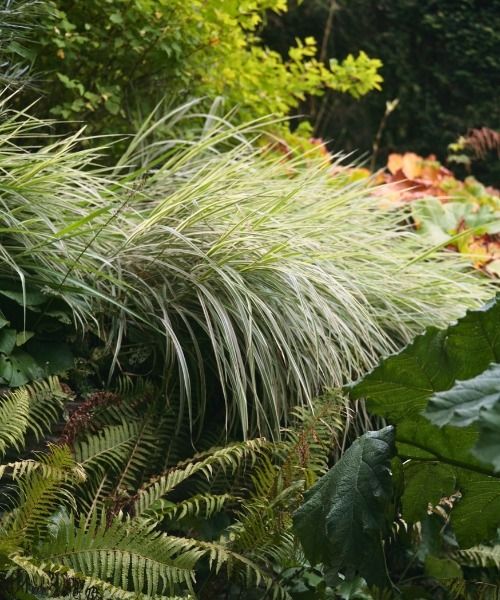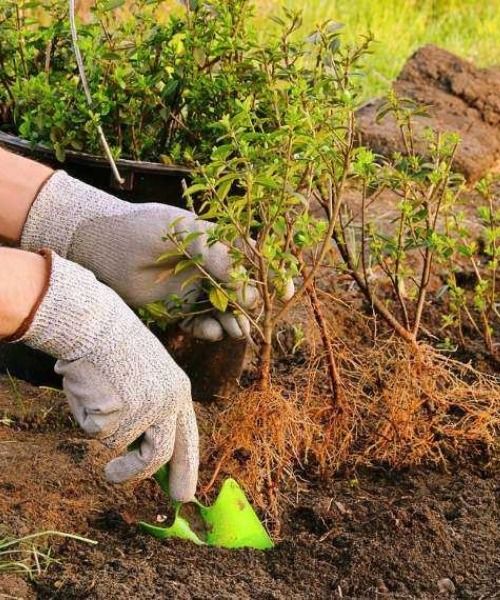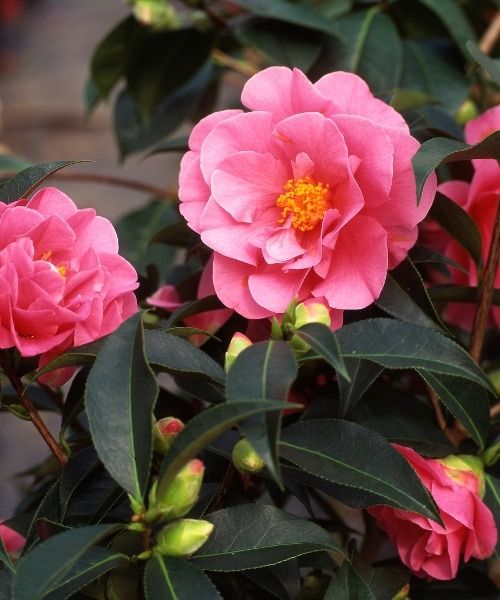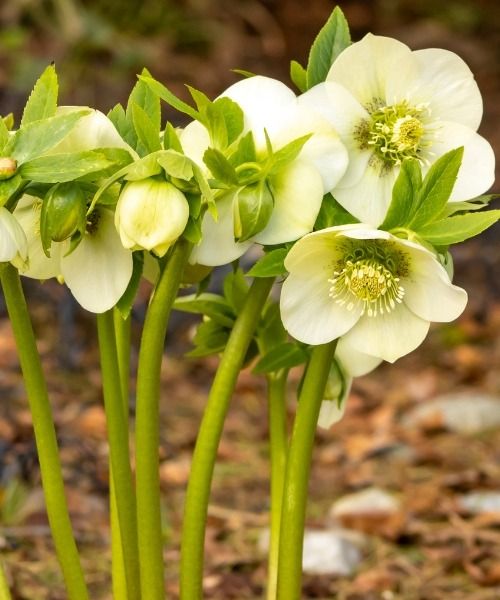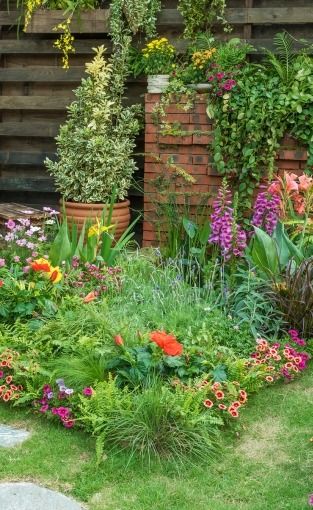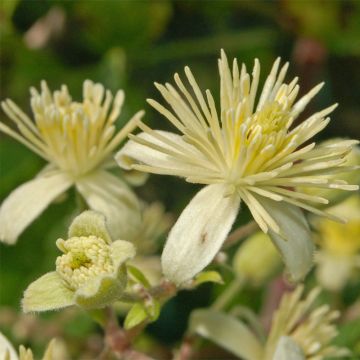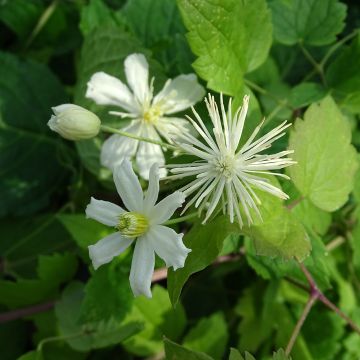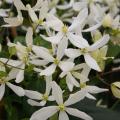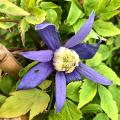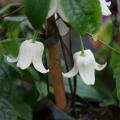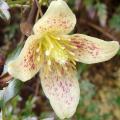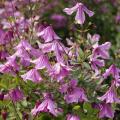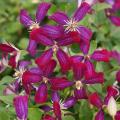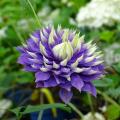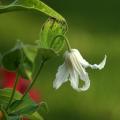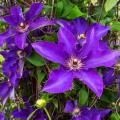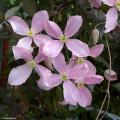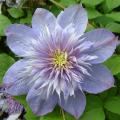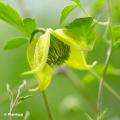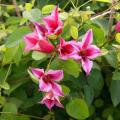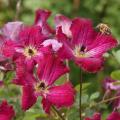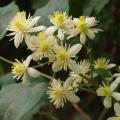Clematis Vitalba
Does this plant fit my garden? Set up your Plantfit profile →
Available in 2 sizes
Available in 1 sizes
Available in 1 sizes
The Clematis in the Vitalba group are cultivars derived more or less directly from Clematis potaninii, vitalba, and virginiana. These are deciduous climbing species with a late flowering period, flowering on the current year's branches. Fast-growing plants, their pale to dark green leaves, sometimes grey-green, 2 to 15cm (1 to 6in) long, are pinnate or tripinnate and dentate. The inflorescences are solitary flowers or numerous paniculate cymes. On young branches, the first flowers develop mostly at the base of the stems. The flowers in the Vitalba group are unisexual or bisexual, with an open cup shape, 1 to 5cm (0 to 2in) in diameter. The bud is upright. The petals, usually 4 but sometimes 5 or 6, are mainly white, and the stamens are prominent. At the end of flowering, seed heads may appear, ending with a very decorative feathery style. Flowering occurs from June to September, depending on the varieties. The hardiness of Clematis in the Vitalba group varies between -7 and -34°C (19.4 and -29.2°F), depending on the species. In March, you should cut back all the previous year's stems to 20cm (8in) above the ground, cutting just above a cluster of buds. Clematis Vitalba, with fibrous roots, are planted shallowly in moist, humus-rich, well-drained soil in full sun or partial shade.
You have not found what you were looking for?






























